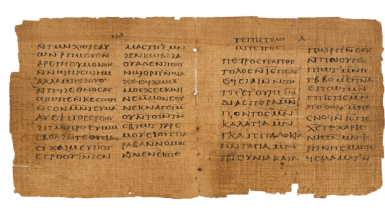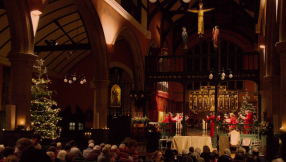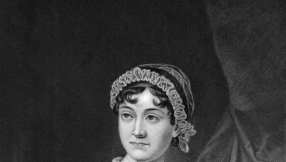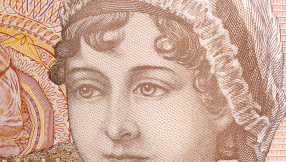
A remarkable piece of Christian history is poised to make headlines at an upcoming auction in London, as the original Crosby-Schøyen Codex, recognised as one of the earliest Christian liturgical books, is expected to command a price easily exceeding £2 million.
Penned on Egyptian papyrus during the period of 250-350 A.D. and crafted within the confines of one of the earliest Christian monasteries, the codex represents a pivotal moment in the evolution of bookmaking.
Speaking to Reuters, Eugenio Donadoni, Senior Specialist in Medieval and Renaissance Manuscripts at Christie's, underscored the codex's significance.
"It's right at that period, that transitional period when papyrus scroll starts turning into codex form. So, books as we know them today. And what we have in this book is the earliest known texts of two books of the Bible," he said.
Comprising 104 pages with 52 leaves, meticulously inscribed over four decades, the codex holds within its ancient pages texts including biblical passages from Jonah, 2 Maccabees 5:27 - 7:41, 1 Peter, Melito of Sardis' Peri Pascha 47 - 105, and an unidentified sermon for Easter Morning.
Donadoni attributed its preservation to Egypt's dry climate, emphasising that only a handful of books from the 3rd and 4th centuries have survived to the present day due to these conditions.
"All the major finds of Christian manuscripts that we had in the 20th century and at the end of the 19th century are all concentrated in Egypt for those very precise climatic conditions," he explained.
Originally discovered in the 1950s, the codex made its way to the University of Mississippi until 1981 when it was acquired by Dr Martin Schøyen, a renowned manuscript collector.
Currently displayed for public viewing at Christie's New York from April 2 to 9, the Crosby-Schøyen Codex is set to go under the hammer in London on June 11, promising to attract collectors and scholars alike with its unparalleled historical significance.













